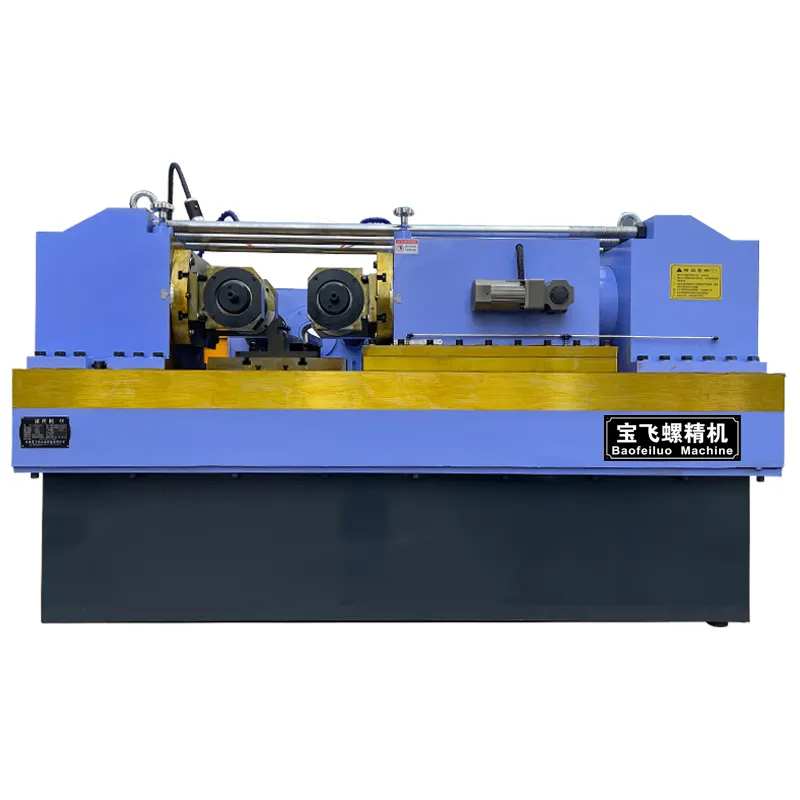
-
 Afrikaans
Afrikaans -
 Albanian
Albanian -
 Amharic
Amharic -
 Arabic
Arabic -
 Armenian
Armenian -
 Azerbaijani
Azerbaijani -
 Basque
Basque -
 Belarusian
Belarusian -
 Bengali
Bengali -
 Bosnian
Bosnian -
 Bulgarian
Bulgarian -
 Catalan
Catalan -
 Cebuano
Cebuano -
 Corsican
Corsican -
 Croatian
Croatian -
 Czech
Czech -
 Danish
Danish -
 Dutch
Dutch -
 English
English -
 Esperanto
Esperanto -
 Estonian
Estonian -
 Finnish
Finnish -
 French
French -
 Frisian
Frisian -
 Galician
Galician -
 Georgian
Georgian -
 German
German -
 Greek
Greek -
 Gujarati
Gujarati -
 Haitian Creole
Haitian Creole -
 hausa
hausa -
 hawaiian
hawaiian -
 Hebrew
Hebrew -
 Hindi
Hindi -
 Miao
Miao -
 Hungarian
Hungarian -
 Icelandic
Icelandic -
 igbo
igbo -
 Indonesian
Indonesian -
 irish
irish -
 Italian
Italian -
 Japanese
Japanese -
 Javanese
Javanese -
 Kannada
Kannada -
 kazakh
kazakh -
 Khmer
Khmer -
 Rwandese
Rwandese -
 Korean
Korean -
 Kurdish
Kurdish -
 Kyrgyz
Kyrgyz -
 Lao
Lao -
 Latin
Latin -
 Latvian
Latvian -
 Lithuanian
Lithuanian -
 Luxembourgish
Luxembourgish -
 Macedonian
Macedonian -
 Malgashi
Malgashi -
 Malay
Malay -
 Malayalam
Malayalam -
 Maltese
Maltese -
 Maori
Maori -
 Marathi
Marathi -
 Mongolian
Mongolian -
 Myanmar
Myanmar -
 Nepali
Nepali -
 Norwegian
Norwegian -
 Norwegian
Norwegian -
 Occitan
Occitan -
 Pashto
Pashto -
 Persian
Persian -
 Polish
Polish -
 Portuguese
Portuguese -
 Punjabi
Punjabi -
 Romanian
Romanian -
 Russian
Russian -
 Samoan
Samoan -
 Scottish Gaelic
Scottish Gaelic -
 Serbian
Serbian -
 Sesotho
Sesotho -
 Shona
Shona -
 Sindhi
Sindhi -
 Sinhala
Sinhala -
 Slovak
Slovak -
 Slovenian
Slovenian -
 Somali
Somali -
 Spanish
Spanish -
 Sundanese
Sundanese -
 Swahili
Swahili -
 Swedish
Swedish -
 Tagalog
Tagalog -
 Tajik
Tajik -
 Tamil
Tamil -
 Tatar
Tatar -
 Telugu
Telugu -
 Thai
Thai -
 Turkish
Turkish -
 Turkmen
Turkmen -
 Ukrainian
Ukrainian -
 Urdu
Urdu -
 Uighur
Uighur -
 Uzbek
Uzbek -
 Vietnamese
Vietnamese -
 Welsh
Welsh -
 Bantu
Bantu -
 Yiddish
Yiddish -
 Yoruba
Yoruba -
 Zulu
Zulu
Advanced High-Speed Thread Rolling Machines for Efficient Production
The Evolution and Impact of High-Speed Thread Rolling Machines
In the world of manufacturing, efficiency and precision are paramount. One of the most revolutionary innovations in this domain is the high-speed thread rolling machine. This advanced machinery has transformed the way threaded components are produced, significantly improving both speed and quality.
Thread rolling is a cold forming process that creates threads on cylindrical parts by applying pressure with specially designed dies. Unlike traditional cutting methods, which remove material to create threads, thread rolling compresses the material, resulting in stronger and more durable threads. High-speed thread rolling machines take this process to a new level by operating at remarkable speeds, allowing for the production of large quantities of threaded parts in a fraction of the time.
The development of high-speed thread rolling machines can be traced back to the mid-20th century when manufacturers began seeking ways to increase production rates while reducing costs. Early machines required significant manual labor and were limited in speed and efficiency. However, advancements in technology, including the introduction of hydraulic systems and computer numerical control (CNC), have paved the way for modern machines that can roll threads at impressive speeds, often exceeding 1000 parts per hour.
famous high speed thread rolling machine

One of the key benefits of high-speed thread rolling machines is their ability to produce high-quality threads with tight tolerances. The cold forming process enhances the material’s properties, which results in threads that are not only more robust but also show improved surface finish compared to those produced by cutting methods. This makes them particularly suitable for industries such as automotive, aerospace, and construction, where reliability and strength are essential.
Moreover, high-speed thread rolling machines are designed to be user-friendly and versatile. Operators can easily adjust settings for different materials and thread specifications, making it possible to produce a variety of components without extensive downtime. The ability to quickly switch between production runs is a significant advantage in today's fast-paced manufacturing environment.
The environmental impact of high-speed thread rolling machines should also be considered. By minimizing material waste and reducing energy consumption, these machines contribute to more sustainable manufacturing practices. The cold forming process generates less scrap compared to traditional methods, and the reduced energy requirements align with the industry's growing focus on sustainability.
In conclusion, high-speed thread rolling machines have revolutionized the manufacturing of threaded components, offering unmatched speed, efficiency, and quality. As technology continues to advance, these machines will likely become even more sophisticated, further enhancing their critical role in various industries. Embracing this innovation not only benefits manufacturers through increased productivity but also contributes to more sustainable practices, ultimately shaping the future of manufacturing.
